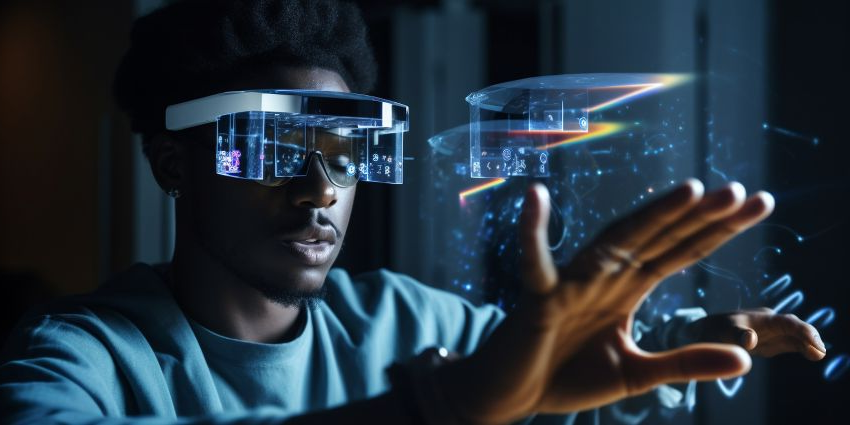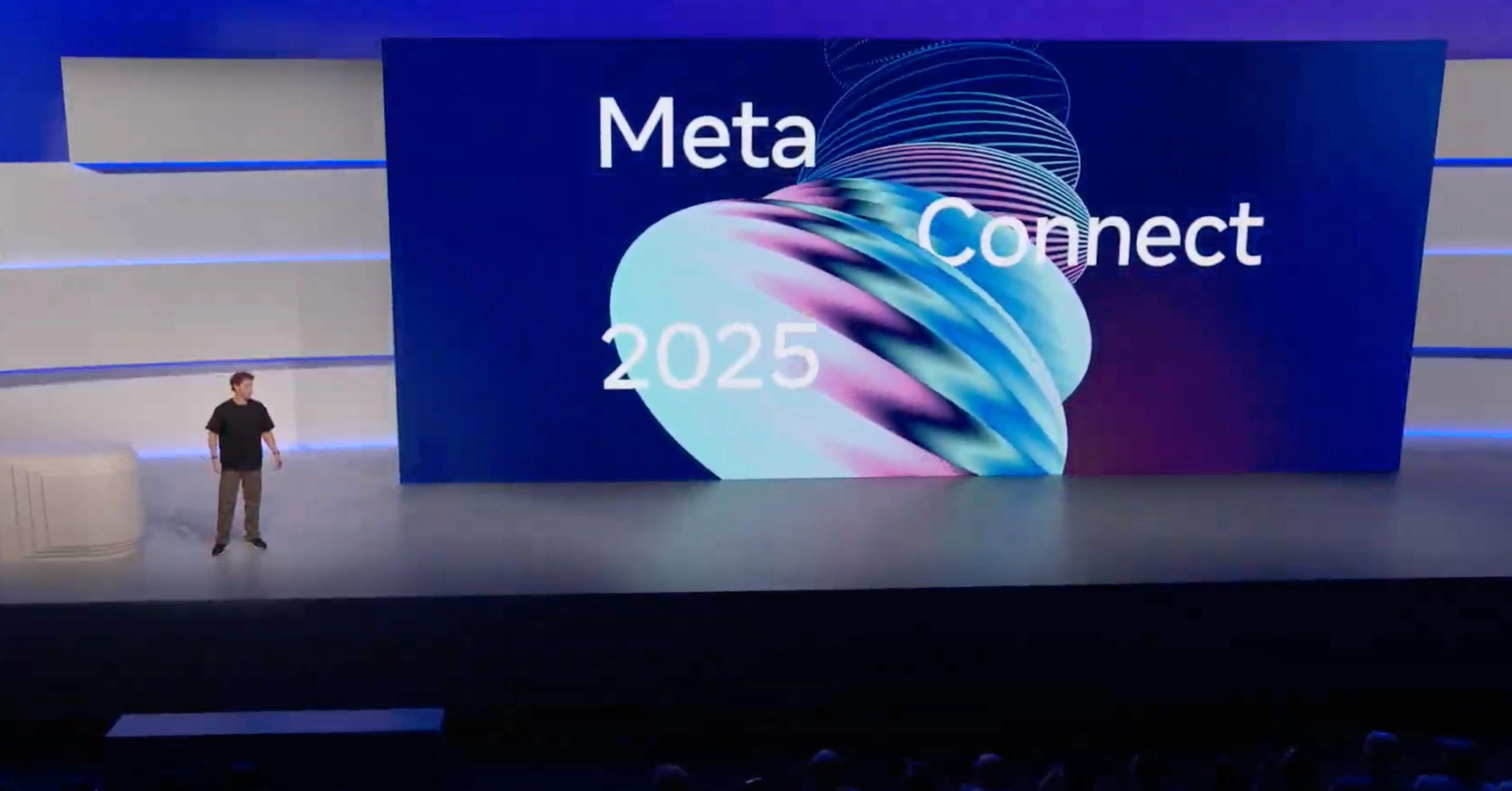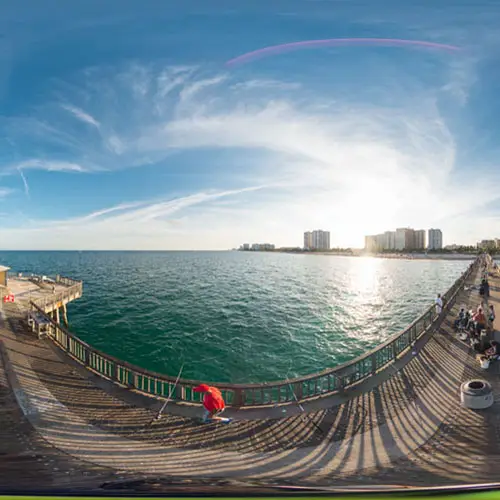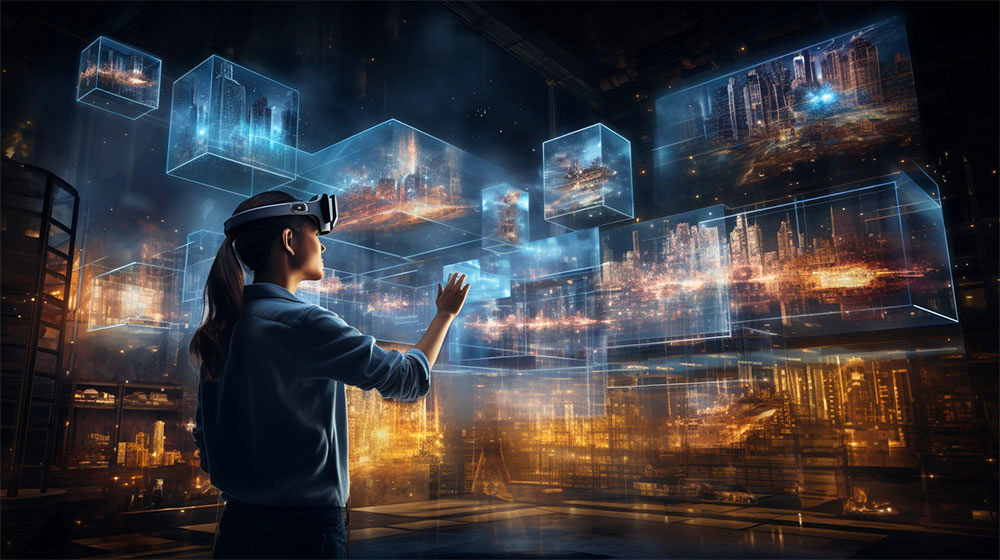03.05.2024
In a society that sometimes moves faster than we can assimilate, a new technology paves the way for more immersive and fluid experiences: Spatial Computing. In this article, you will find the secrets of this technology as well as its applications in different market sectors.
What is Spatial Computing?
Spatial Computing is an emerging field of technology that works with different technologies to integrate physical and digital elements to
promote user interaction and immersion. Essentially it is characterized by combining functionalities of
Virtual Reality, Augmented Reality and Mixed Reality, integrating them to achieve transparency between the virtual and physical worlds.
Its operation is based on digital three-dimensional environments that are able to interact with reality, so the difference between the digital and the physical is almost imperceptible.
The tools that complement this technology range from Virtual Reality or Augmented Reality glasses, to motion sensors and 3D cameras, to generate the spatial data necessary for the experience. In addition, Spatial Computing requires sophisticated software capable of processing the data generated and giving rise to interactive experiences.
Relevant to Companies?
Like almost any technology, Spatial Computing can also be implemented to enhance the activity of a company. The immersive experiences it offers are at another level, making its benefits interesting for any business. Spatial Computing is able to lighten the company's logistic processes, reducing errors and improving decision making, to improve the customer experience, providing an interactive solution that modernizes the company-customer relationship or to renew the collaboration between those members who work telematically, making their work a more accurate and efficient process.
Spatial Computing for Businesses: Uses and Applications
Entertainment
Spatial Computing technology reinvents leisure and entertainment activities, from a video game to a basketball game, but without losing realism. In this way, we can experience a different kind of sensation by being in an immersive space directly integrated into reality. Spatial Computing offers several opportunities that promise to change the current entertainment we are used to, providing interactive solutions that surprise anyone.
Can you imagine that the players of your favorite team cross the screen? Spatial Computing allows you to watch your favorite games in a unique and memorable way, closer than ever before. From your trusted environment you can interact freely with the digital elements of your favorite activity, making you part of the experience.
Multitasking management
The most innovative models of Mixed Reality glasses, such as the Apple Vision Pro, have revolutionized the way we organize ourselves and live our daily lives. Manual gestures, eye-tracking... These details are just some of the functions that allow multiple application windows to be opened simultaneously, creating a personalized environment for the user, where they can work more productively by attending meetings while reorganizing their agenda, for example.
Building Industry
The planning, management and execution of a construction project is usually a long process that requires maximum precision so that everything goes perfectly. In order to make the process easier, Spatial Computing technology collaborates directly with workers in the sector to make the work as easy as possible.
3D design tools allow the creation of detailed models of buildings and structures, making decision making much faster and, thanks to the visual representation, potential errors in the project can be located. In addition, training and simulations can be carried out to prevent any unforeseen construction event, always in an environment where the worker is completely safe.
Retail
In the Retail process, the use of Spatial Computing is an investment worth considering. In addition to being innovative, its technology stands out for optimizing Retail, prioritizing efficiency in the company's development. Thanks to its use, items can be easily located, reducing the time cost for workers.
Spatial Computing works without errors and its configuration is fully customizable, so it is able to adapt to the conditions of any company. In addition, it can also be beneficial to the consumer, because it can provide more detailed information about the item that is of interest to the customer, thus reinforcing the purchase decision.
Formation
The training of students is essential for their entry into the labor market. A learning method that is true to reality and truly prepares the student is necessary. For this reason, Spatial Computing offers peculiar services, different from traditional education.
This technology promises to subject trainees to hyper-realistic practical situations that enrich their learning by visualizing more complex concepts in three-dimensional form. With a few simple gestures, the experience can be interacted with, following the intuition of each student, in order to educate students by reinforcing their abilities.
Tourism
The use of Spatial Computing in tourism can offer multiple advantages, both to offer a new tool to tourism service providers and to users who love tourism. Spatial Computing can be configured to create immersive simulations that blend with reality, to experience tourism in a different way. From your trusted location, you can reach places inaccessible in reality and soak up culture and history in a sensory environment, where realism prevails.
Real Estate
The real estate market can be revolutionized by Spatial Computing by enjoying its advantages. With its technology, it is possible to visualize the properties in an immersive and concrete way through virtual tours. Therefore, physical visits to the property are not necessary and the purchase process is greatly expedited.
In addition, Spatial Computing adapts to the needs of each customer, so you can enjoy a completely personalized experience where, for example, the customer will visualize their usual furniture in the new property. In this way, digital tours can become a decisive step in the purchase of the property.
This translates into a strategy that, in addition to being differentiating with respect to the competition, also benefits the relationship between the company and the customer, to ensure a safe and doubt-free purchase.
Branding
Spatial Computing applied to a company's branding has the potential to significantly impact the Business to Consumer relationship. It is interesting to implement it in trade shows or corporate events, where the customer can interact freely with the brand's product in an innovative and memorable way.
In addition to adapting to any business model, it can also be integrated into the strategies planned by the company: interactive advertising, point-of-sale experience, tutorials, demonstrations, and so on. In short, it provokes a wow effect that remains in the customer's memory.
Medicine
In the field of medicine, Spatial Computing has numerous opportunities to offer to ensure the highest quality in patient care, surgical planning or medical training. Medicine has relied on Spatial Computing to refine the techniques to be performed through a virtual and immersive environment, where risks can be prevented and the way to act in case of an unforeseen event can be known. In addition, Spatial Computing is also ideal for patient care, when it comes to diagnosis or treatments such as physical rehabilitation.
Challenges, Solutions and Expectatives
Spatial Computing is a developing technology, and as more and more benefits are discovered every day for its multiple uses, new difficulties are also uncovered that complicate its development. However, these drawbacks are now being addressed with intelligent solutions to mitigate their effects:
-
Privacy and Security: Currently, factors such as geolocation and data protection are a concern for a large part of the population. Faced with the fear of overexposure and distrust of these recent technologies, encryption systems, data protection and effective privacy policies are being implemented to ensure the security and privacy of the world's citizens.
-
Technical Challenges: Given the compatibility and standardization flaws that Spatial Computing can sometimes present, work continues on solutions for integration between hardware and software, to ensure fluidity. In addition, problems are also detected in data processing, since it is a complex process that can worsen the quality of user experience if it is not properly executed, although advances in graphics processing and artificial intelligence are dissolving this obstacle.
- Implementation Costs: The adoption of Spatial Computing can be considered a major investment for some companies, especially those with more limited resources. However, thanks to the competition in the sector's market, new business models and technological solutions have been adopted that make it cheaper to implement spatial computing in companies.
As far as expectations are concerned, Spatial Computing technology has a promising future in the technology market, characterized by a growing evolution and innovation by integrating other technological giants such as Artificial Intelligence. Moreover, it will make its mark in more and more sectors, becoming the ideal tool for any business model.
If you have a project in mind related to Spatial Computing technology, tell us your idea and together we will find the best way to implement this technology in your business. Trust in the Hyperexperience and let us make it happen!













 RETURN
RETURN







